On World War II
During World War II, two operations were carried out to alleviate the Dutch famine: Operation Manna and Operation Chowhound. In the first, 7,000 tons of food were dropped from bombers as humanitarian aid. In the second operation, an additional 4,000 tons were sent by the United States Air Force.
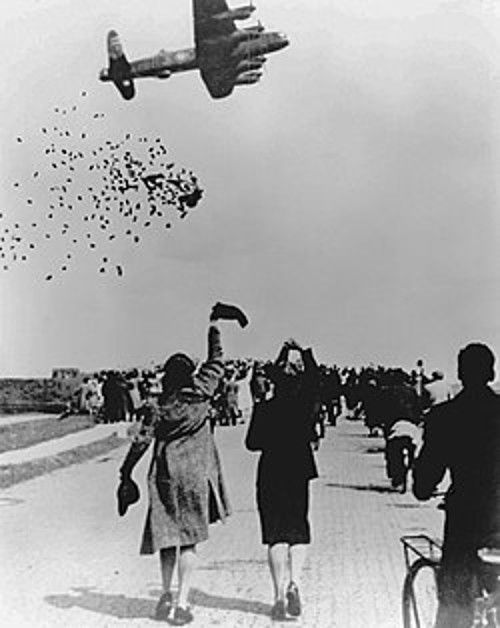
In total, 11,000 tons of food were dropped over 10 days. It was soon noticed that Operations Manna and Chowhound wouldn't be enough, so a ground relief operation called Operation Faust was launched. 200 Allied trucks began delivering food behind German lines.
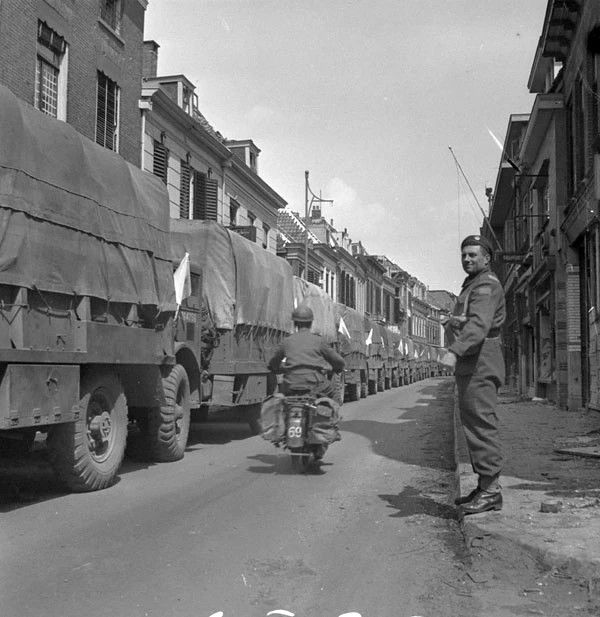
In today's review, the game's author obviously alluded to Operation Faust, calling the game Operation F.A.U.S.T., or Fine Art Underground: Stolen Treasures. However, as is easy to deduce, it's themed around works of art that were looted by the Third @@@@, which is a real and historical fact.
It's during this historical period that we'll learn about Operation F.A.U.S.T..
Operation F.A.U.S.T. - Game Info
Operation F.A.U.S.T. is a 3-to-8 players game, age 13+, by designer Robert Burle. Art by Luis Francisco.
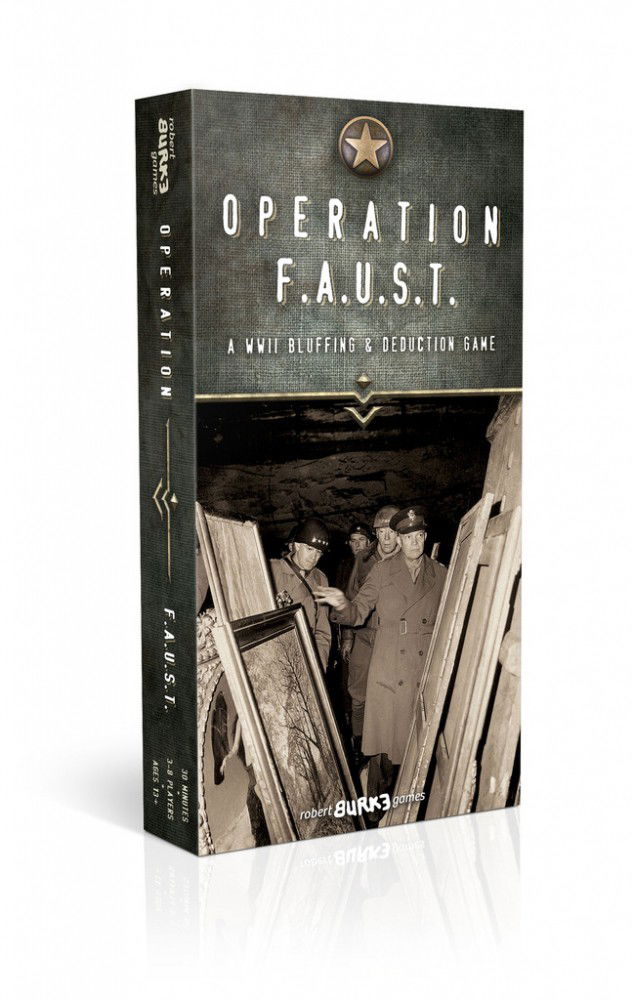
Operation F.A.U.S.T.! was released in 2015 by Robert Burke Games. Its main mechanics are: hand management, memory, take that!, secret positioning, bluffing, and deduction.
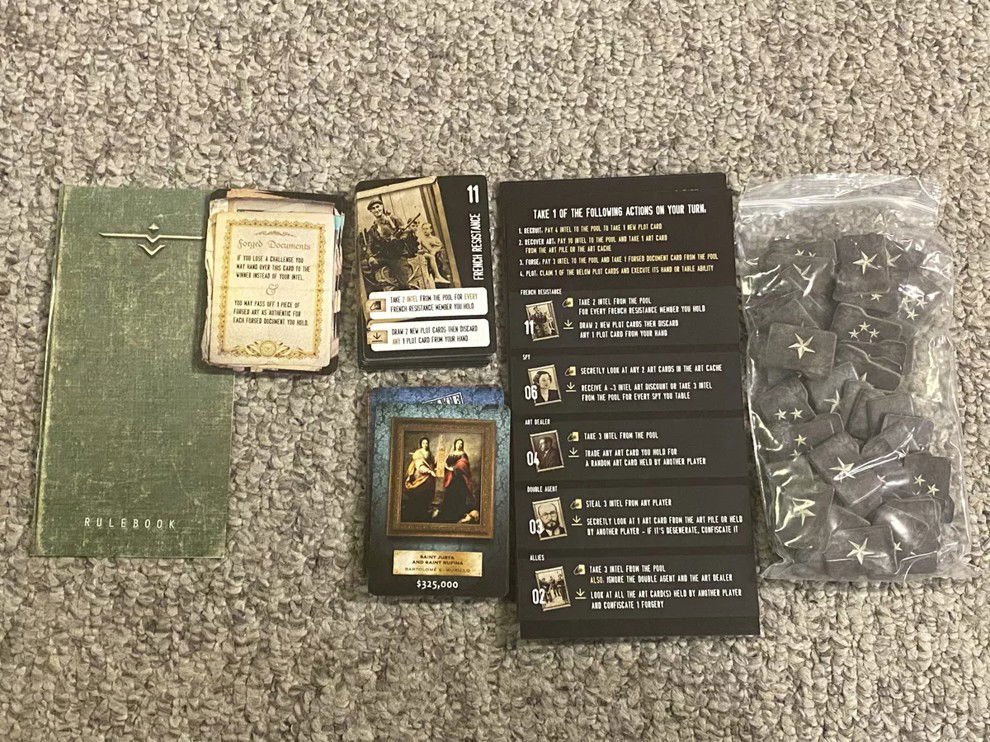
The game is based on the important work of the Monuments, Fine Arts and Archives (MFAA), and those who helped them recover the world's greatest works of art during and after World War II.
The game's conspiracy cards feature archival photographs of real World War II heroes whose stories are worth discovering and remembering. The art cards feature real masterpieces that were looted or saved from their clutches.
Playing the Game
The Einsatzstab Reichsleiter Rosenberg (ERR) was an organization affiliated with the @@@@ Party, dedicated to the appropriation of cultural property during World War II. The ERR was led by the @@@@ Party's chief ideologist, Alfred Rosenberg. In the game, we'll play as French art patrons trying to recover the works before the ERR does. To do so, we'll use our wits and a lot of bluffing.
This is the scenario for Operation F.A.U.S.T.!
The game setup is this:
- each player receives 2 Plot Cards (the game's characters), and the rest will be used to form a deck;
- 5 Intels are given to each player (intel is the game's currency), the rest belongs to the bank;
- 4 Art Cards are placed face down on the table - this is the hiding place of works of art. The others will be used to form another deck;
- a number of Forged Document cards equal to the number of players are placed on the table.
Regarding the characters we receive, we will use them to conspire, bluff, and do everything else we are entitled to do to recover the works of art. Among the characters we have:
- French Resistance: helps obtain more intel or brings in more conspirators;
- Spy: discovers some works of art from the art cache, gets a discount on the purchase of works of art, or obtains more intel;
- Art Dealer: obtains more intel or can trade works of art;
- Double Agent: can steal intel, spy on a work of art from the art deck or from another player, and can even confiscate it;
- Ally: obtains intel and protects the player from attacks, or spies on other players' works of art, and can even confiscate it.
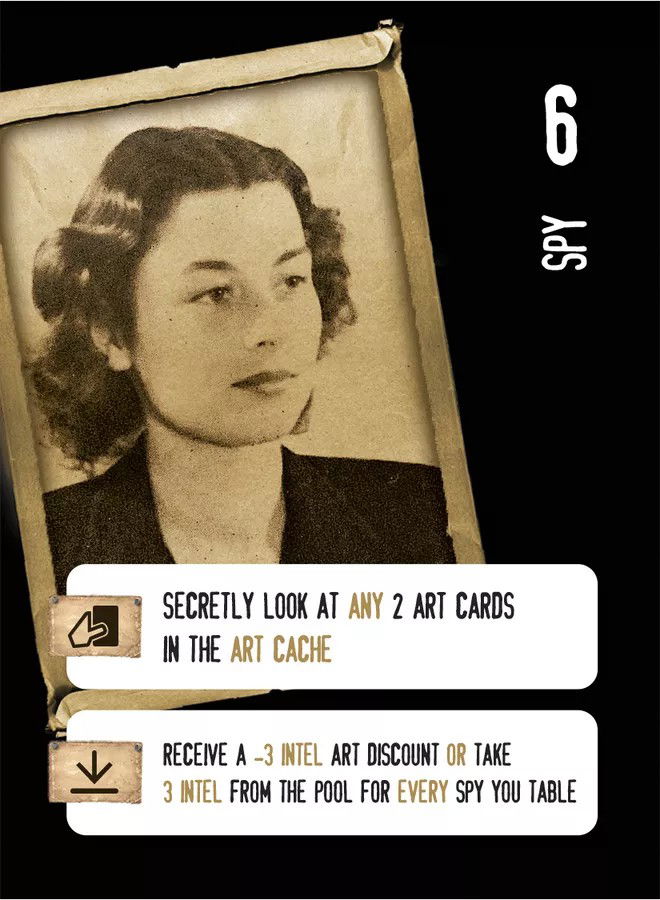
Note that when you Plot, that is, use a character card, you can bluff. In other words, you can claim to have a character that you actually don't.
Note that each character has at least two abilities, of which you can choose only one. There are two ways to activate them:
- Hand Ability: You can keep the card in your hand IF you are not challenged;
- Table Ability: You must place the card face down on the table. You must ALWAYS place it in the discard pile at the end of your turn, whether you were challenged or not.
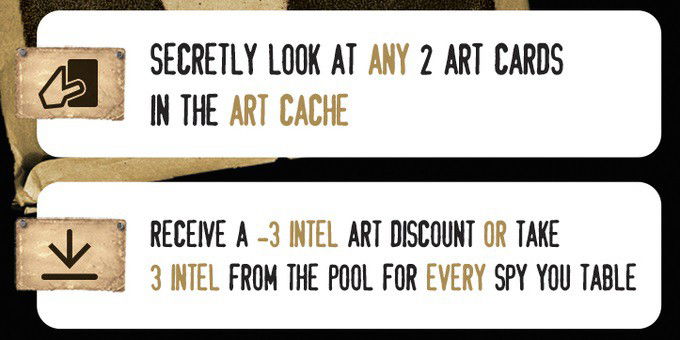
The Art Cards also have several types:
- normal works of art;
- degenerate works of art considered degenerate/depraved. These count as normal works of art, but are easily confiscated;
- forgery;
- degenerate forgery.
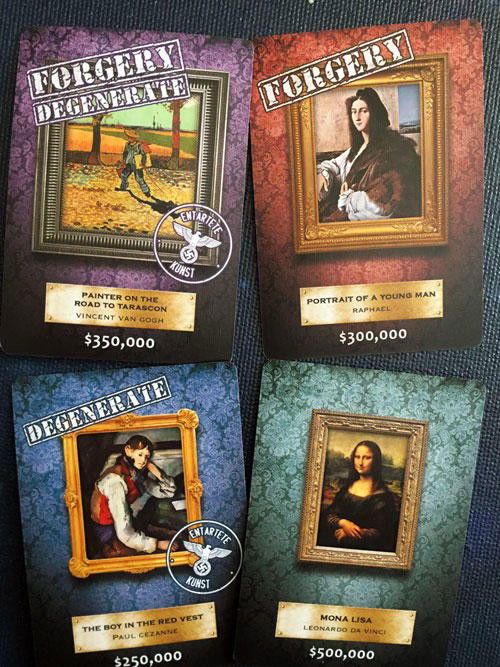
Regarding forgeries, there's a way to "validate" them, or rather, trick them into passing them off as normal artworks. Simply use a Forged Document card for each forgery you own, and they'll "become valid" as normal artworks in the game.
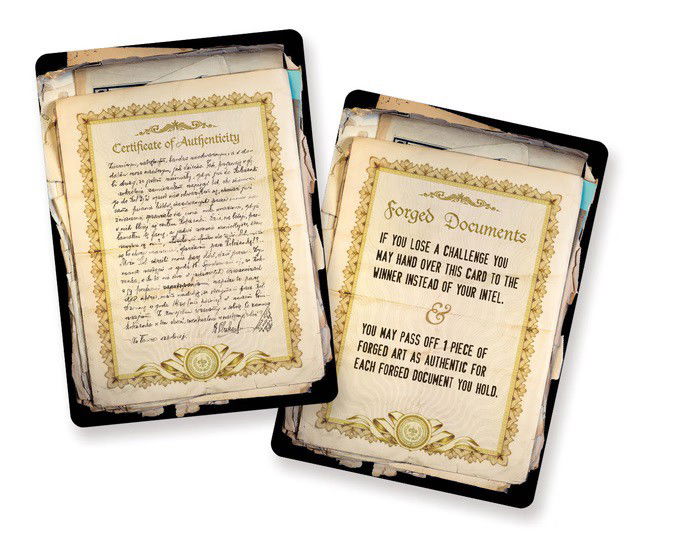
This is how a turn in Operation F.A.U.S.T. goes:
On your turn, you can perform 1 of these 4 actions:
1) Recruit: Pay 4 intels to draw 1 plot card from the deck (note that there is a card limit depending on the number of players);
2) Purchase Art: Pay 10 intels to take 1 masterpiece card from the art deck OR from the art stash;
3) Forge: Pay 3 intels to draw 1 forged document card;
4) Plot: Use an ability from a card played from hand OR board ability on any of your conspiracy cards.
Action 1, Recruit, is important, as there are several characters and the more options you have, the easier your game will flow, remembering that there is a limit to the number of cards in your hand, which, as already mentioned, varies according to the number of players.
Purchase Art, or Action 2, is important and pushes the game forward. After all, the artwork's value will determine the winner, but I'll talk about that later.
I confess that Action 3, Forging, isn't the most popular. After all, it's only used when you have a counterfeit art, so it's not a commonly used action. But that doesn't mean it's useless; it can even be used as a bluff, making opponents think you have a counterfeit artwork, which can scare off art dealers, double agents, and allies. Use it strategically.
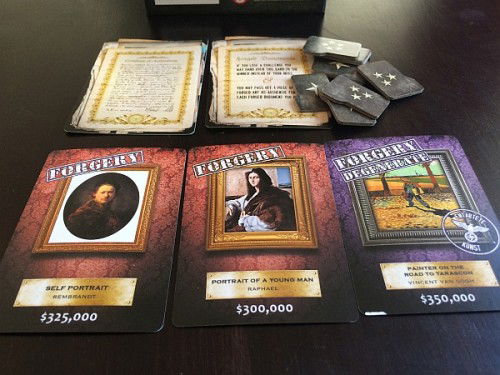
Finally, Action 4, or Conspiracy... this is the soul of the game. Here, truth-telling, bluffing, and the game's strategic core, come to life, while you rescue works of art. The idea of using both hand and table abilities gives the game a suspenseful feel. Are people telling the truth or not?
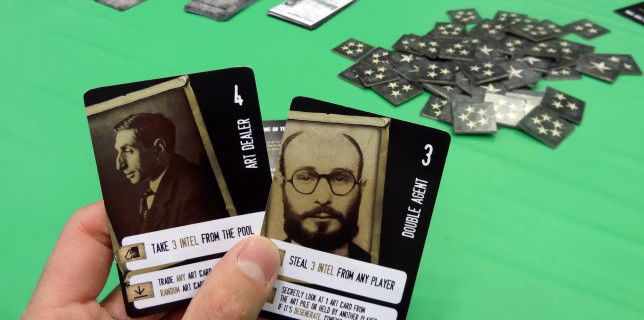
The game has an important concept : the Challenge. When someone announces a plot card, you can doubt their ability to perform that action and use that ability. To do so, certain conditions must be met:
- the challenger must have 2 intels to challenge; no costs at this phase;
- if the challenged player actually had the announced character, the challenger hands over them half their intels, or a forged document card;
- if the challenged player doesn't have or doesn't want to show the announced character, the challenged player loses half their intels to the challenger or a forged document card.
Challenges liven up the game and create an air of distrust, about not knowing who to trust. After all, this is World War II, and the stakes are too high. After taking your turn, whether or not you're challenged, play resumes to the left.This is a round of Operation F.A.U.S.T. !
Ending the Game
The game ends immediately when a player reveals all of their artwork cards and their total value is:
- 1 million (or more) in Black Market value, for up to 6 players;
- $900,000, in games of 7 and 8 players.
The player with this amount can even announce the end of the game even if it's not their turn; after all, they can have their cards exchanged by a character's action and thus reach the target value.
An important detail: a player cannot win if they have a forgery not protected by a forged document card (remember that each forged document card protects only one forgery). When a forged document card is placed next to a forgery, the value of the artwork counts toward the victory.
Strategy Tips
Operation F.A.U.S.T. is about plotting, bluffing, and using your wits. You should practice your poker face, because it will be needed.
Honestly, I think the Recruit action isn't even very strategic; it's a necessary part of the game. What will determine whether you pick a new character or not is the variety of characters you have in your hand to plot. I never get too worried about having duplicates in hand, since you'll be accumulating more resources, like:
- Multiple French Resistance cards used simultaneously earn you a lot of intel;
- Multiple Spy cards earn you a significant discount on art purchases, or a lot of intel.
Know how to use your characters' potential and plot better.
Purchase Art is what really matters to win the game. Imagine doing a "combo" with this action and repeated Spy cards? It's the best possible scenario. Make it happen.
Buying Forged Documents is sometimes needed, and is part of the game's bluffing experience. It's an important ace up your sleeve, for example, you use an art dealer, a double agent, or an ally, and happen to get a forgery. The false document will validate your forgery. And as mentioned before, as a bluff, if you always have a forged document card, everyone will think you have a forged work of art and will think twice before trying to take one of your artworks. Use this to your advantage.
As the game strongly suggests, you should plot a lot, and it's what drives the game. Having the right characters, or taking a chance, not having them, and claiming you have them anyway. It's really risky, but the game not only demands it, it encourages you to do so. I strongly suggest Recruiting up to the maximum number of cards possible in your hand (depending on the number of players) and then start plotting away. This will also make you more believable; after all, you'll have several cards, and people will truly know that you can, indeed, have the cards you claim to have.
Along with plotting, it's important to know when to use Hand or Table Abilities. They all have specific moments in the game to be used, where you'll get the most. Know how to "read the board," who has certain works of art, try to scout them by plotting, spy on your opponents' possessions, and then use the right skill to be precise in your strategy.
Last but not least: challenge! It's the beauty of everything; it's where plots can either succeed or fail. Know how to challenge at the right time, and even if you make a mistake, you won't lose much. Also, know that bluffing too much, all the time, will draw your opponents' attention and you'll be constantly challenged. I suggest using this more early in the game, because later, from the mid-game onward, you may already have several valuable works of art, and falling into a challenge can be extremely damaging. Having an Ally in your hand will always defend you from the Art Dealer and the Double Agent; it's a good card to always have in hand.
Based on these tips, develop your best strategy: plot, bluff, take risks, challenge, recover as much art as possible, and win in Operation F.A.U.S.T.!
Unboxing, Rules, and Gameplay videos
Unboxing:
Rules:
Gameplay:
Pedagogical Tips
Operation F.A.U.S.T. is a game based on real facts, so be sure to enjoy it with your children. Even if it deals with a murky period in our history, the game has a lighthearted approach, as it uses artwork as a theme and provides important stimuli for children's development.
The game requires reading each card, but once they've been memorized, the children won't even need to read them anymore; they'll remember the roles and abilities of each card and know it all just from the characters' images—after all, there are only five characters. This makes Operation F.A.U.S.T. a game that uses and encourages reading, but over time, it becomes unnecessary.
There's a lot of strategy involved in choosing which character to plot on your turn. This keeps the kids engaged, focused on the game to see who has more artwork than the other. Then the game gets rolling, and the "race" begins to be the player with most artwork, even without knowing whether or not they're valuable, forgeries, or not.
It's hilarious when you use an art dealer and realize you've traded artworks and ended up at a loss. It's very frustrating and will generate lots of laughter at the table. This will create good and fun memories for the kids.
Mathematical stimulation will be present, as the kids will need to add up the total value they already have for their artworks and determine if they've already won the game or are close to winning.
The decision-making process will involve which character to use to plot, when to challenge—in short, there are several decision-making moments in the game. This is important, especially since the decision they make won't always be the best, so they'll have to learn to deal with frustration, which isn't always successful or even won.
Finally, memory will be heavily utilized in the game, as after plotting with the spy, double agent, or ally, they'll have to memorize the artworks seen by their opponents or in the art deck.
Pedagogically, Operation F.A.U.S.T. is a history lesson, stimulates strategy, management, decision-making, logical and mathematical reasoning, memory, and, best of all, it's fun!
I recommend Operation F.A.U.S.T. for your collection!








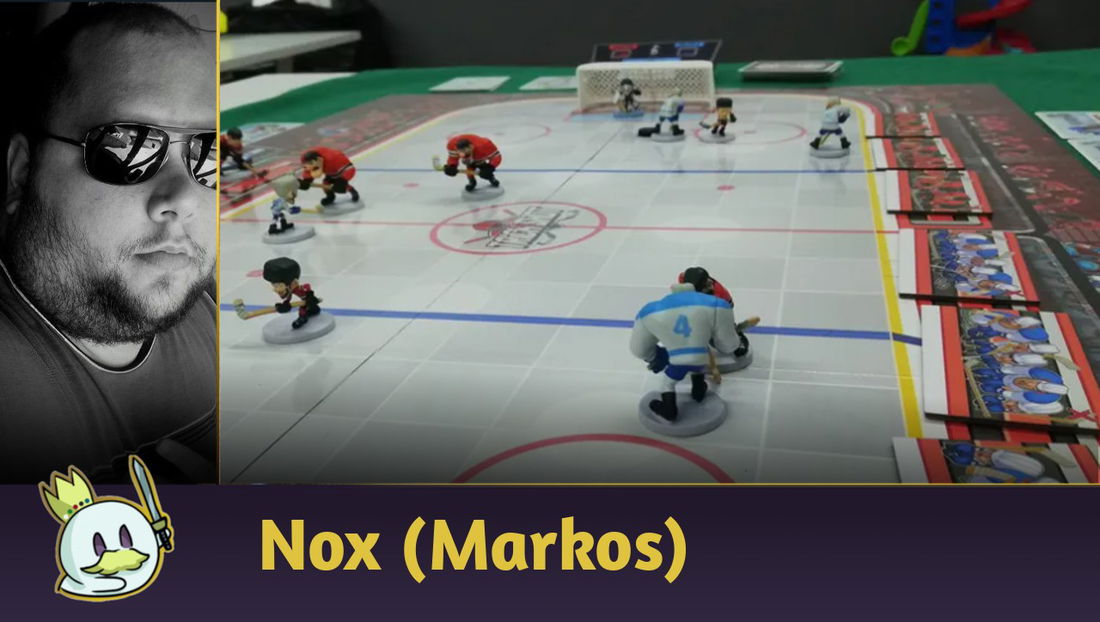


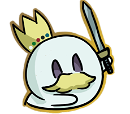
— تعليقات 0
, ردود الفعل 1
كن أول من يعلق